How to Add and subtract Fractions with Like Denominators in Recipes
When it comes to adding and subtracting fractions with like denominators in recipes, the process is quite simple.

A step-by-step guide to Adding and Subtracting Fractions with Like Denominators in Recipes
Adding and subtracting fractions with like denominators in recipes is a valuable skill, especially when you need to adjust recipe quantities. Here’s a simple step-by-step guide on how to do it:
Step 1: Understand the Basic Concept of Fractions
A fraction consists of two parts: a numerator (the top number) and a denominator (the bottom number). In the context of a recipe, fractions usually represent parts of a whole—like \(\frac{1}{2}\) cup of sugar, \(\frac{3}{4}\) tablespoon of salt, etc.
The Absolute Best Book for 4th Grade Students
Step 2: Identity-Like Denominators
The denominator of a fraction tells you how many parts make up a whole. When fractions have the same denominator, they’re referred to as “like fractions”. For example, \(\frac{1}{2}\) and \(\frac{3}{2}\) are like fractions because they have the same denominator—2.
Step 3: Adding Fractions with Like Denominators
When you add fractions with the same denominator, you simply add the numerators and keep the denominator the same.
For example, if you’re doubling a recipe that calls for \(\frac{1}{4}\) cup of milk and the recipe makes 2 servings, you would add \(\frac{1}{4}\) cup for each serving. Here’s how you’d do it:
\(\frac{1}{4}\) (for the first serving) + \(\frac{1}{4}\) (for the second serving) = \(\frac{2}{4}\)
This can be simplified to \(\frac{1}{2}\), so you would need \(\frac{1}{2}\) cup of milk for 2 servings.
Step 4: Subtracting Fractions with Like Denominators
Subtracting fractions with like denominators is similar to addition. You simply subtract the numerators and keep the denominator the same.
For example, if a recipe calls for \(\frac{3}{4}\) cup of sugar, but you want to reduce the sugar by \(\frac{1}{4}\) cup, you would subtract \(\frac{1}{4}\) from \(\frac{3}{4}\). Here’s how you’d do it:
\(\frac{3}{4}\) (original amount) – \(\frac{1}{4}\) (reduction) = \(\frac{2}{4}\)
This simplifies to \(\frac{1}{2}\), so you would use \(\frac{1}{2}\) cup of sugar.
Step 5: Simplify the Fraction
Whenever possible, simplify your fractions. If the numerator and denominator are both divisible by the same number, divide them to simplify the fraction. For example, \(\frac{2}{4}\) can be simplified to \(\frac{1}{2}\), because 2 can divide both the numerator and the denominator.
A Perfect Book for Grade 4 Math Word Problems!
Step 6: Convert Improper Fractions to Mixed Numbers
Sometimes, when adding fractions, you may end up with an “improper fraction”—one where the numerator is larger than the denominator. For example, if you add \(\frac{3}{4}\) and \(\frac{3}{4}\), you’ll get \(\frac{6}{4}\).
You can convert this to a mixed number by dividing the numerator by the denominator:
\(6 ÷ 4 = 1 R2\)
So, \(\frac{6}{4} = 1 \frac{2}{4}\).
You can then simplify the fraction to get \(1 \frac{1}{2}\).
Understanding how to add and subtract fractions with like denominators can help you easily modify recipes to suit your needs. Keep practicing, and you’ll become a pro at it in no time!
The Best Math Books for Elementary Students
Related to This Article
More math articles
- Best Tablet For Math Note Taking
- Using Diagrams to Model and Solve Equations
- How to Discover the Key to Math Mastery: “TABE Math for Beginners” Solution Manual Unveiled
- The Ultimate 7th Grade GMAS Math Course (+FREE Worksheets)
- Finding Derivatives Made Easy! Derivative of A Chain of Functions
- Reading Clocks
- 5 Bеѕt саlсulаtоrѕ fоr ѕtаtiѕtiсѕ
- 10 Most Common 5th Grade FSA Math Questions
- 6th Grade KAP Math Worksheets: FREE & Printable
- 8th Grade IAR Math FREE Sample Practice Questions
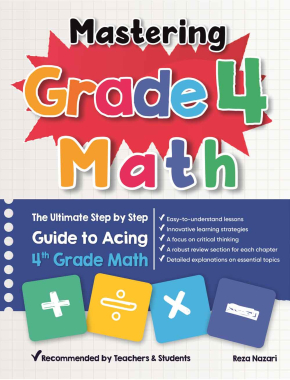

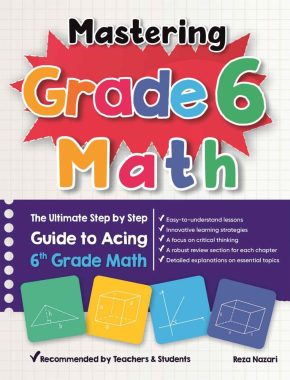
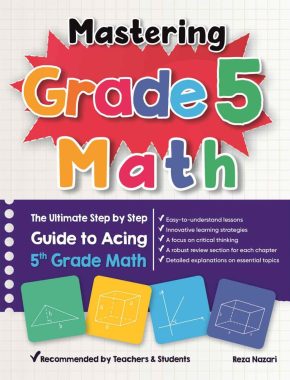
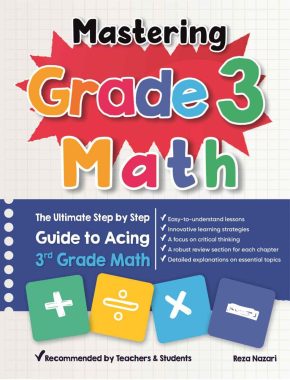


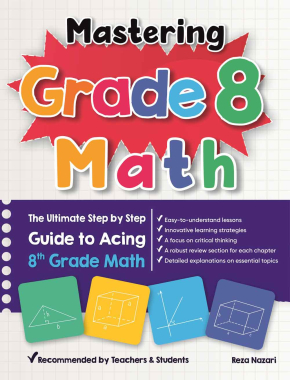










What people say about "How to Add and subtract Fractions with Like Denominators in Recipes - Effortless Math: We Help Students Learn to LOVE Mathematics"?
No one replied yet.